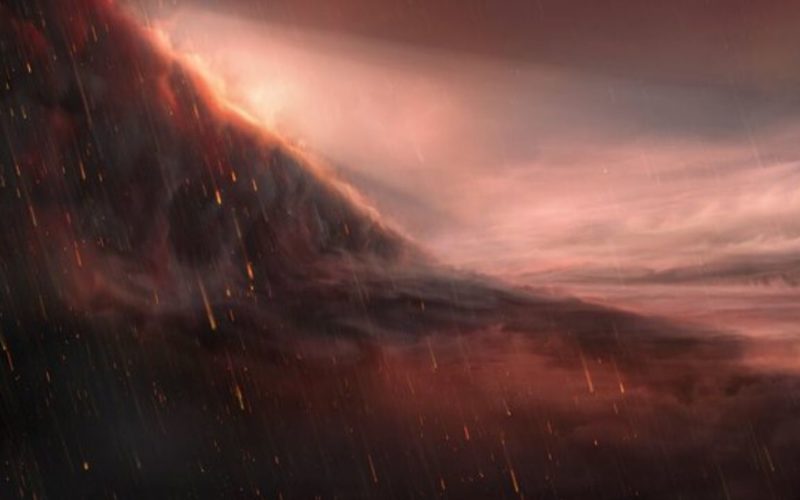Space exploration is going to infinity and beyond with each passing day. We’re sending missions to the dark side of the moon, collecting samples from asteroids and observing planets hundreds of light-years away from the sun. And making incredible discoveries in the process.
Like WASP-76b for example. The exoplanet records dayside temperatures of 2400 degrees Celsius, has winds speeds of 10,000 mph and liquid iron rain. (An exoplanet is a planet that orbits around a star outside the solar system, reports The Guardian).
ESO's #VLT observes an extreme exoplanet where astronomers suspect it rains iron.
The artist's impression by @ESO 's Martin Kornmesser shows a night-side view of the exoplanet #WASP76b. https://t.co/U4LZMQqxBR pic.twitter.com/flgBQwpCR9— ESO (@ESO) March 11, 2020
According to NDTV, WASP-76b, which is as massive as Jupiter but twice as wide, was discovered in 2013 and is 640 light-years from the sun, in the constellation Pisces.
Experts have been studying it using the Echelle Spectrograph for Rocky Exoplanets and Stable Spectroscopic Observations (ESPRESSO) on the European Southern Observatory’s Very Large Telescope in Chile. They have published their new findings in the journal Nature on March 11.
But how is there metal rain on WASP-76b?
Researchers use ESO's #VLT to observe an extreme planet where they suspect it rains iron.
The illustration by Swiss graphic novelist Frederik Peeters shows a close-up view of the evening border of this exoplanet #WASP76b. https://t.co/fsuIIcKkRb
Credit: Frederik Peeters pic.twitter.com/pJ9tBwOLH7— ESO (@ESO) March 11, 2020
The planet is an “ultra-hot” gas giant because of its close proximity to its parent star. In addition, it is also tidally locked i.e. shows the same side to the star. Consequently, the permanent dayside vaporizes metals and the temperature difference between the sides creates fierce winds that carry the vapour to the nightside.
BBC quoted Dr David Ehrenreich from the University of Geneva saying,
“What we surmise is that the iron is condensing on the nightside, which, although still hot at 1,400 degree Celsius, is cold enough that iron can condense as clouds, as rain, possibly as droplets.”
Explaining why studying this planet is important, he added,
“The extreme atmospheric conditions met in WASP-76b and its siblings, other ‘ultra-hot’ gas giants, are not found anywhere in our solar system and would be very difficult to reproduce in a lab. Therefore, these exotic objects are unique laboratories to crash-test our climate models and understand the most extreme forms of atmospheric evolution.”
Perhaps it is true when they say that reality is stranger than fiction.




